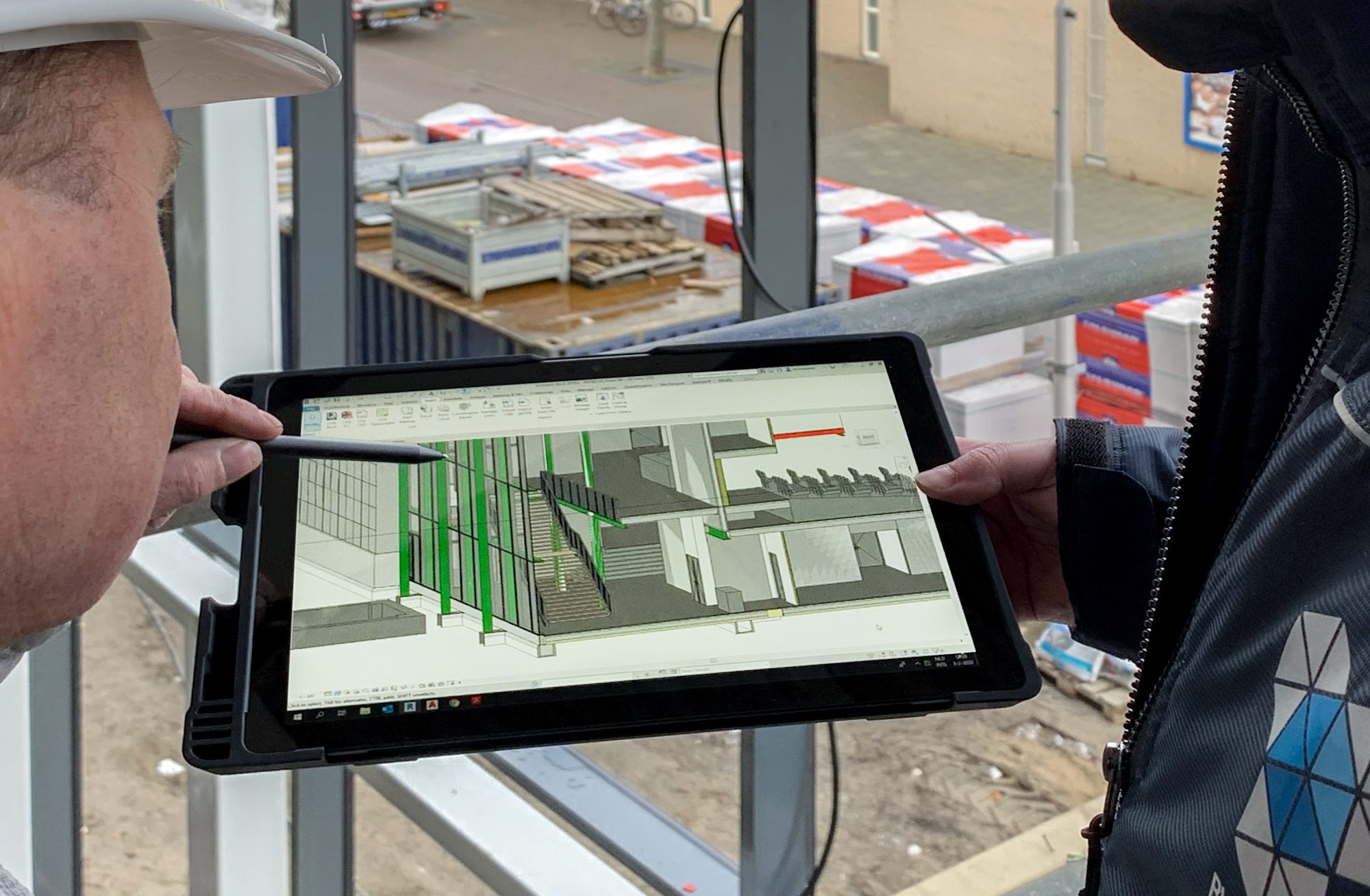
BVR Groep, in collaboration with Interstellar, has made a significant digitalization leap by implementing a cloud-based Virtual Desktop Infrastructure (VDI) with GRID. This enables device- and location-independent working, essential for their BIM Engineers and the move towards a paperless office.
BVR Groep is a family business, active in various sectors of the construction industry, including real estate development, housing construction, and renovation. The company operates in the south, west, and central regions of the Netherlands and strongly focuses on innovation and efficiency in all its projects. BVR Groep consists of several operating companies including BVR VastgoedOntwikkeling, BVR Bouw, BVR Bouw Gorinchem and Suijkerbuijk Bouw & Services.
Both office workers and employees using more demanding software can work from the cloud, each with their own access.
Edgar VerbatenManager ICT, BVR
A major challenge for BVR was the need for a robust solution that would enable efficient management and sharing of complex 3D CAD drawings and project data, regardless of employee location.
BVR’s desire was to be able to run BIM (Building Information Modeling) fully in the cloud and location-independently. Due to the graphical capabilities and computing power needed to read Autodesk REVIT drawings (3D CAD drawings) and the availability of maximum 4G or 5G connection capacity on a construction site, this posed a technically complex challenge.
“Implementing a VDI environment with GRID requires a lot of specialized expertise. The fact that Interstellar has that knowledge and expertise in-house was the deciding factor for us,” explains Edgar Verbaten, ICT Manager at BVR, on the choice to bring in external ICT expertise.
Interstellar has set up an integrated VDI environment with Nvidia’s GRID virtualization technology, allowing BVR’s employees, including BIM Engineers, to work efficiently and without system lag, even with heavy graphical software.
This setup represents a major step forward compared to the previous situation, where data was stored on multiple heavy computers (with all the associated risks) and copying data was time-consuming.
This technological advancement has led to a significant improvement in efficiency and security. Centrally making information available and the ability to work independently of device and location has greatly improved flexibility and collaboration with external parties such as architects and suppliers.
“Graphical drawing programs can now be accessed and edited from the cloud without any system delay. This way, both office workers and employees using more demanding drawing systems can work from the cloud, each with their own access,” says Verbaten.
The collaboration with Interstellar has enabled BVR Groep BV to continue playing a leading role in the construction industry by providing a solid foundation for further digitalization and innovation.
“Through this digitalization effort, we share data much more easily with collaboration partners. There are already 100 parties, including architectural firms, suppliers, and our own people on the construction site, with whom we actively share project data and BIM drawings. By the end of this year, this will have multiplied. In short, this is the foundation for further digitalization,” states Tonny Vromans. He is Director at BVR Groep.
